What is my reaction to the ideas shared in this reading? I have seen this type of behavior in young girls. We as early childhood professionals have to teach our children to pride themselves in which they are not to exploit themselves. Children do what they see parents and other children do. They repeat what they hear. Forming habits and breaking those habits takes practice on both the parents and the child’s need to be encourage rather than discourage.
In what ways have I observed the sexualization of early childhood in my own personal and professional experiences? I have witnessed many episodes of sexual behavior among young children. Young girls with short dresses and boys with baggie pants hanging so low that they are showing their underwear this has become a new fad. Young girls wearing makeup that make them look like grown women. I have a 14 almost 15 year old daughter who is gorgeous. She tells me she is just not that confident to wear certain clothes. She has been wearing uniform to school since she started and loves to dress cute on the weekends. She now wears lip gloss and tints her eyebrows which I don’t mind because she asked if it was ok before she did it just like she ask me for my permission before she does anything. I love her style and her confidence.
I believe I am raising her the right way and I don’t worry about her doing anything out of her character. She does want to be a model right now but I keep putting it off, at least until she gets a little older. I’m just not ready for her to live that life. Now on the other side there are my grandchildren. My grandson already enjoys looking his best. He wears a tie to school even with a Tee shirt. He has started to bite the edge of his shirt and I see that as a problem in which his parents are trying to detour his actions by constantly reminding him to take his shirt out of his mouth.
What examples have I encountered in store advertisements, television, the Internet, other types of media, and/or other types of environments? Young children and teens dressing in too sexy clothing. Their doing commercials talking about sex, pregnancy, and drugs. Children should be shielded from anything that is not good for them or to them. Appropriate commercial like, Oreos and Hi C, not children hanging at the basketball court smoking pot. I have seen many commercials that I don’t care to watch again because it hurts me to see the negative side of what the message is supposed to be.
The internet is becoming too advanced. Technology has become so “right now” that some of us are afraid to send a “normal” email. The use of technology is far too open. It is too easy to view and post inappropriate activities and behaviors. I do monitor what goes on in my home and I would like to monitor every household that have children. If I could create a system it would allow all parents to monitor all children, not just their own. I would spend every cents I have to keep it up to date. I know that is sounds extreme, but I’m extreme. I am one of those parents that feel like every child in the world is mine.
How might these messages impact children and their healthy development? The impact that some messages send to children is that, It’s ok” ok to do drugs as long as you don’t get caught. Ok to show off you body because someone thinks you’re cute, messages that show the exploitation of children, the drug messages. The negative messages take away from a child’s healthy development. We as early educators can always keep moments teachable. Create a learning environment that children will want to take home. We have to remember that children depend on us as educators, as parents, as early childhood professionals, to give them good guidance so that they grow up healthy and emotionally developed.
Considering the ways that might influence gender identity, what children learn about being a girl or a boy, the expectations children may develop about gender, and other related concerns. I believe that boy and girls should have their own rooms, that they should be properly dressed in the presents of others and themselves. It’s not cute to see a little girl/boy in their underwear or without proper clothing. Teaching them about their personal belongings (body) and the importance of keeping themselves from others is one sure way to learn gender difference. The age in which a child should learn about the gender differences is or should be bases on the family’s readiness.
What can early childhood professionals do to tackle this problem and reduce the negative effects that it has on young children?
I believe that as an early childhood professional that I can teach the children in my classroom that they are important. I need to address issues in an appropriate way. I can tell the parents first about inappropriate behaviors or if I see that a child is not properly dressed for the classroom. As for me to talk to children about sexuality would be use only if it comes up and I will make it a part of the curriculum for that day or plan a lesson around it with the parents present. I know there will be times when issues need to be addressed immediately, and situations may cause for fast action, but I would like for the lessons I teach to be planned.
On page 60 and 61 of the text, it talks about “Creating a culturally consistent and respectful program. “ (Derman-Sparks & Edwards, 2011) It talks about children and their immediate family and children in their classroom and the differences in ways that they play, sleep, and learn. It is appropriate for a child to sit on a family member’s lap or to sleep in the same bed, but in a learning environment that same ac
 tivities would be in appropriate. “A culturally consistent learning environment requires teachers to learn about rules, traditions, and expectations of the families in the program.” (Derman-Sparks & Edwards, 2011, Ch. 5, p. 61)
tivities would be in appropriate. “A culturally consistent learning environment requires teachers to learn about rules, traditions, and expectations of the families in the program.” (Derman-Sparks & Edwards, 2011, Ch. 5, p. 61)Reference
Derman-Sparks, L., & Olsen Edwards, J. (2010). Anti-bias education for young children and ourselves. Washington, DC: National Association for the Educational of Young Children and Ourselves NAEYC.
Children from aroung the world
http://www.featureshoot.com/2013/03/photos-of-children-from-around-the-world-with-their-most-prized-possessions/
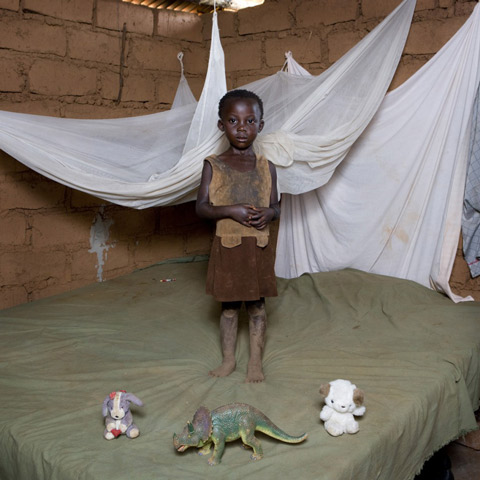
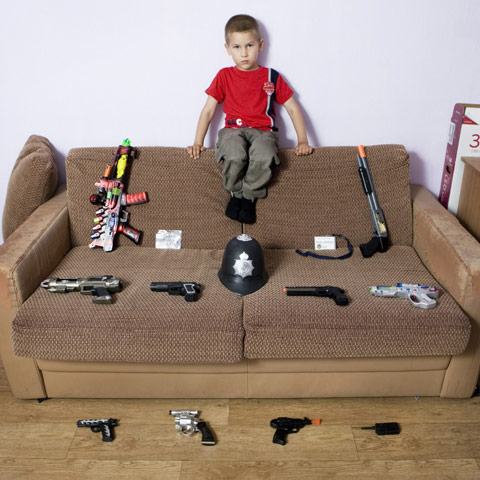
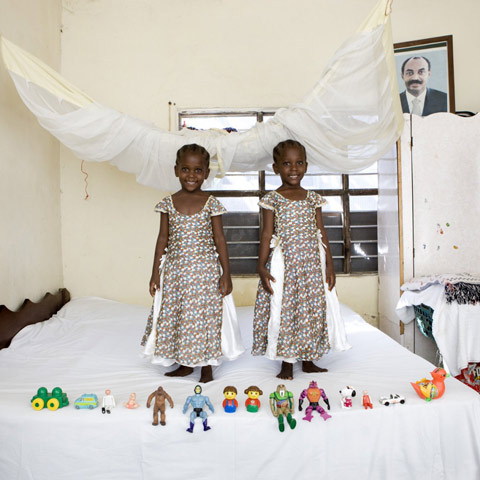
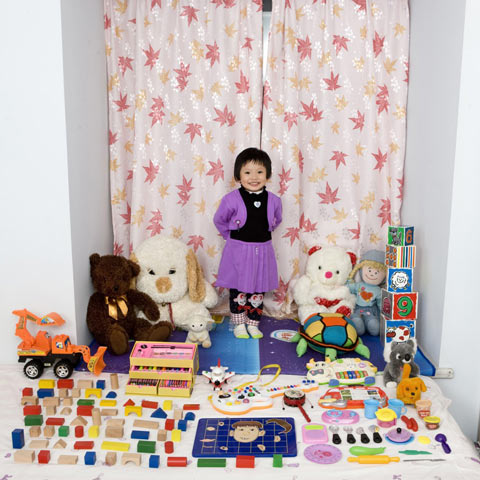
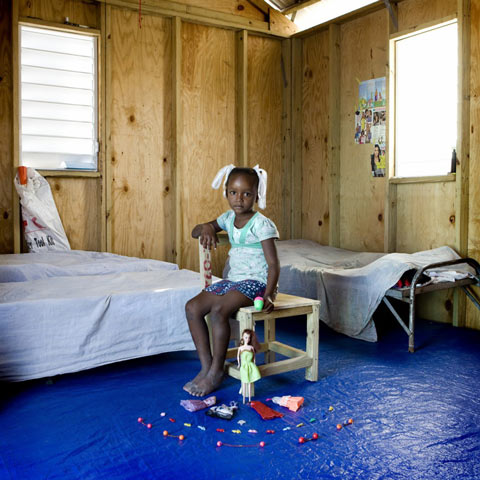
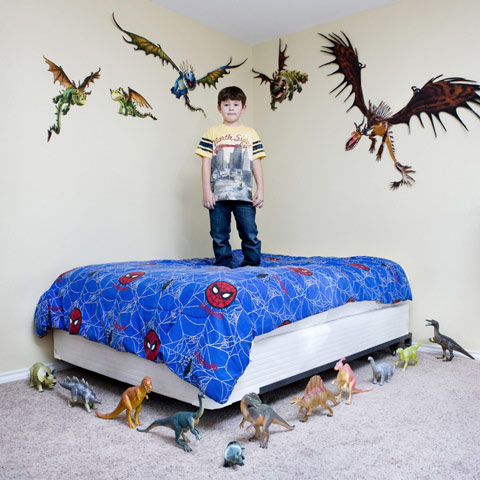
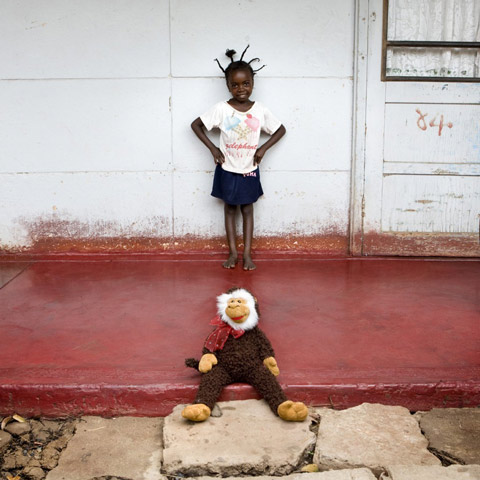
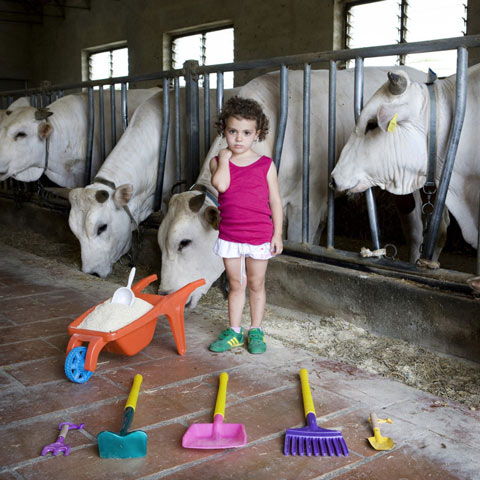
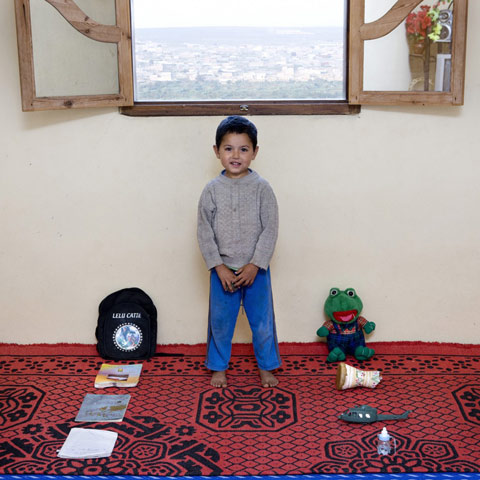
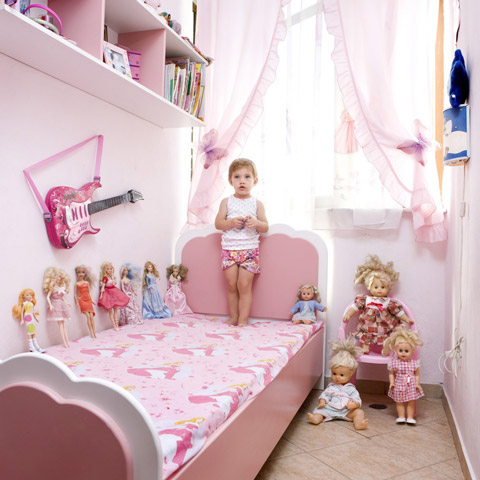
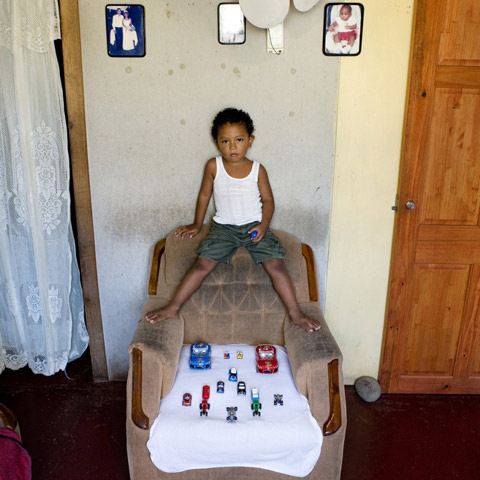
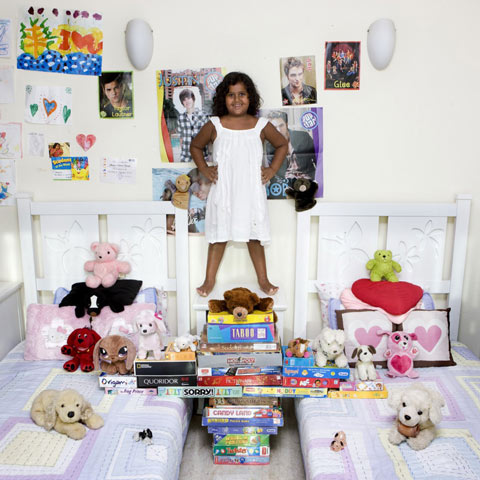
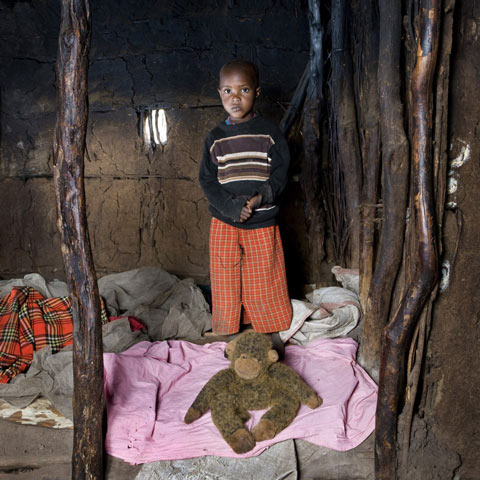
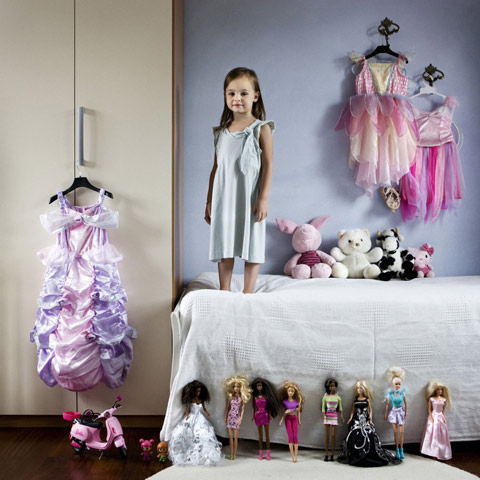
No comments:
Post a Comment